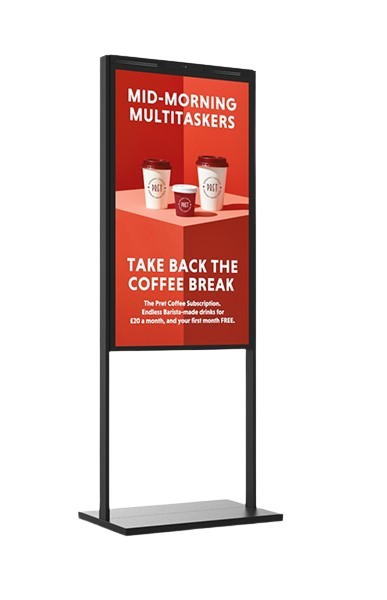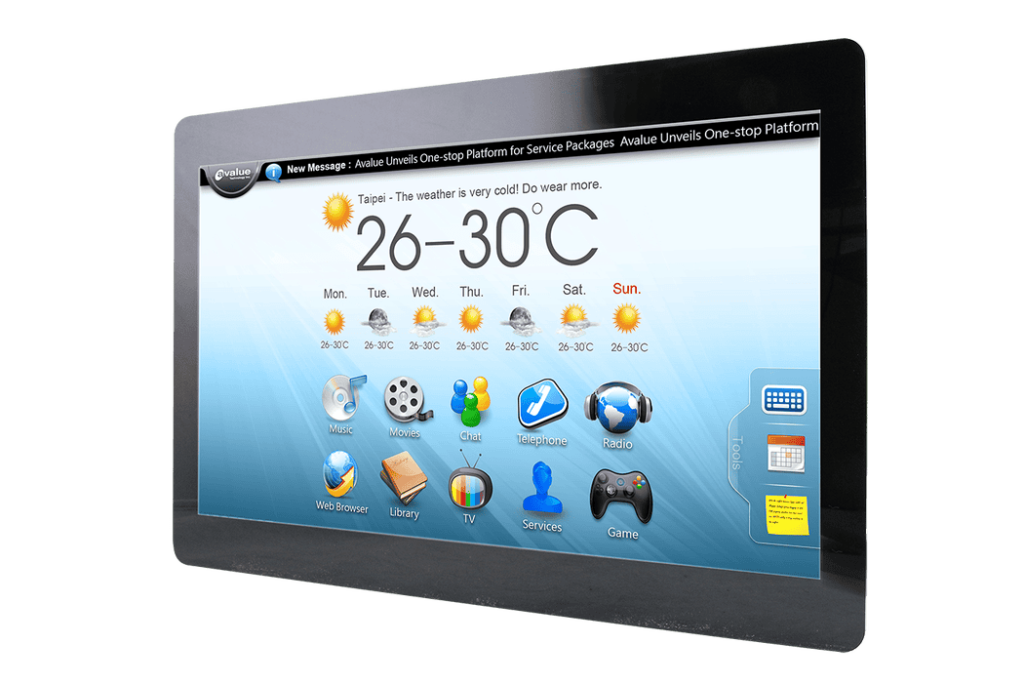+44 (0)1634 791600
info@crystal-display.com
Newsletter Sign Up!
+44 (0)1634 791600
info@crystal-display.com




Crystal Display Systems have been a trusted partner for medical equipment manufacturers for many years. Their innovative display technologies are critical components in the design and development of patient monitoring systems. These systems are not just pieces of equipment; they are essential tools in modern healthcare that enable real-time observation of vital signs, early detection of potential health problems, and immediate alerts for medical staff. With the continuous evolution in embedded technology—such as the introduction of TFT (thin-film transistor) displays with touch interfaces and advanced digital signal processors—patient monitoring systems have become more accurate, efficient, and user-friendly. However, ensuring these systems operate safely remains a top priority, which is why they must be powered by medically approved power supplies that meet stringent safety standards.
Patient monitoring is a cornerstone of healthcare, particularly in environments such as intensive care units, emergency rooms, and surgical suites. Continuous monitoring of vital signs—like heart rate, blood pressure, respiratory rate, and oxygen saturation—can make the difference between timely medical intervention and delayed response. Advances in display technology, notably TFT displays with touchscreen capabilities, have transformed these systems. Unlike traditional analog displays, TFT screens offer a digital, high-resolution view of complex data, making it easier for medical professionals to interpret information rapidly.
Research and Studies on TFT Displays and Touchscreen Technology
Recent studies published in leading journals have emphasized the benefits of incorporating TFT displays with touchscreen interfaces into patient monitoring systems. For instance, research in the Journal of Clinical Monitoring and Computing has shown that touchscreens provide a more intuitive and interactive experience. Medical staff can quickly navigate through patient data, customize the information display, and reduce the time needed to register critical changes. Another study from the Journal of Medical Systems demonstrated that the integration of touchscreen technology improved data entry accuracy, minimized human errors, and ultimately led to better patient outcomes. These findings support the ongoing shift toward more sophisticated digital interfaces in healthcare technology.
Advances in Embedded Technology for Real-Time Data Processing
Embedded technology plays an indispensable role in the functioning of modern patient monitoring systems. This technology includes microcontrollers, digital signal processors, and other integrated circuits that handle real-time data acquisition and processing. Recent advancements have led to the development of wireless sensor networks that can capture and relay patient data with minimal delay, reducing costs and further enhancing patient care. However, it’s essential to recognize that selecting the right embedded technology is not a one-size-fits-all proposition. Each healthcare setting has unique requirements, which means that solutions may range from standardized, off-the-shelf options (like the Raspberry Pi) to completely custom-designed systems optimized for specific clinical needs.
The Role of TFT Displays in Patient Monitoring
TFT displays have revolutionized the way patient data is visualized. They offer high-definition image quality, fast response times, and the ability to display multiple types of data concurrently. The development of versatile display options—such as bar, circular, and square indicators—has further increased the adaptability of these displays. For example, in environments where space is limited or where visual indicators must be quickly recognizable, these options allow for the integration of dynamic, easy-to-read data representations that can fit into various design constraints.
Small Format TFT LCDs for Industrial Applications from CDS
Benefits of Touchscreen Integration
Touch options, whether through full touchscreens or dedicated touch buttons, add an interactive layer to patient monitoring systems. This integration not only simplifies the process of accessing patient information but also allows for rapid configuration changes such as adjusting alarm thresholds or customizing display settings. With these features, medical professionals can quickly respond to any anomalies in a patient’s vital signs, which is critical during emergencies. The ability to interact directly with the system means fewer steps are required to retrieve important information, thereby enhancing workflow efficiency and reducing the risk of errors.
Customizing Display Housing for Medical Equipment
The housing of TFT displays is not merely a protective casing; it also serves as a canvas for customization. Medical facilities can personalize the display housing to align with their brand identity or to meet specific operational needs. Customization may involve:
These tailored housing solutions not only contribute to a more appealing aesthetic but also improve the overall functionality and safety of the equipment.
Integration of Advanced Embedded Systems
At the heart of every patient monitoring system is a suite of embedded technologies that continuously collect and process data. Microcontrollers and digital signal processors (DSPs) work together to ensure that data from sensors is accurately interpreted and displayed in real time. For example, DSPs can filter out noise from ECG signals, providing a clear picture of a patient’s heart activity. This real-time processing is crucial in critical care settings where every second counts.
Embedded SMART Displays – Crystal Display Systems
Versatility and Longevity
While some medical facilities may find that commercially available embedded solutions suffice, others might require custom-designed systems that are optimized for specific clinical scenarios. Custom solutions can offer enhanced performance, tailored interfaces, and extended life cycles. Long life cycle products are particularly important because they reduce the frequency of costly replacements and minimize electronic waste, supporting both economic and environmental sustainability.
Benefits of Advanced Patient Monitoring Systems
Real-Time Data and Early Intervention
Advanced patient monitoring systems enable healthcare providers to continuously track vital signs and detect early warning signs of health deterioration. This real-time capability allows for immediate intervention, which is particularly important for patients in critical care.
Improved Accuracy and Reduced Errors
High-definition TFT displays, combined with touch interfaces and advanced embedded processors, significantly reduce the risk of human error. More precise data entry and clearer visualizations mean that healthcare providers can make more informed decisions quickly, leading to improved patient outcomes.
Ease of Use and Enhanced Efficiency
The integration of intuitive touchscreen interfaces makes these systems easier to operate. Medical staff can interact with the system with minimal training, reducing the learning curve and allowing them to focus more on patient care rather than technical operations.
Cost-Effective and Environmentally Friendly
By investing in long-life cycle equipment and reliable power solutions, healthcare facilities can minimize maintenance costs and reduce electronic waste. Advanced systems provide a robust solution that remains effective over many years, making them a cost-effective choice in the long run.
The evolution of patient monitoring systems through the incorporation of TFT displays, touchscreen capabilities, and advanced embedded technology represents a significant leap forward in healthcare technology. These systems are not only more accurate and responsive, but they also enhance the ease of use for medical professionals. Customisable display housing and the use of medically approved power supplies further ensure that the systems operate safely and reliably. By embracing these advancements, healthcare facilities can provide superior patient care, ensure timely interventions, and ultimately improve patient outcomes.